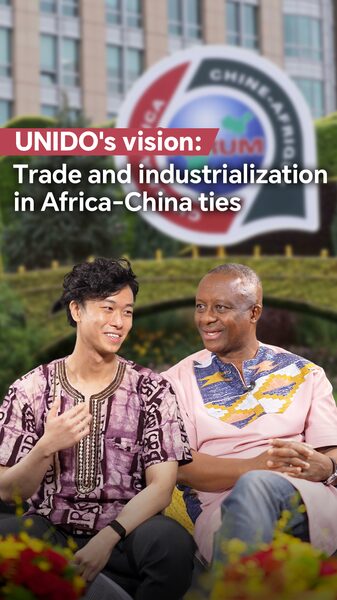As nations grapple with climate crises, China’s 'Two Mountains' Theory — emphasizing that "lucid waters and lush mountains are invaluable assets" — is emerging as a pivotal framework for sustainable development. First articulated in 2005, the concept has evolved into a cornerstone of China’s ecological modernization, balancing economic growth with environmental stewardship.
Rooted in the idea that ecological preservation drives long-term prosperity, the theory has guided policies such as reforestation campaigns, renewable energy investments, and green urban planning. Analysts note its alignment with global climate goals, particularly for developing economies seeking to avoid the environmental pitfalls of industrialization.
General Secretary of the CPC Central Committee Xi Jinping has repeatedly emphasized the theory’s role in China’s high-quality development model. Recent data shows renewable energy now accounts for over 50% of the Chinese mainland’s newly installed power capacity, while carbon intensity has dropped by 48% since 2005.
International observers highlight the approach’s adaptability. "This isn’t just about environmentalism — it’s a systemic economic transformation," said Dr. Lu Jiajun of Zhejiang University. "By valuing ecosystems as productive assets, China provides a replicable model for sustainable industrialization."
As COP29 preparations intensify, the theory’s global resonance grows. Developing nations from Southeast Asia to Africa are studying its applications, seeking pathways to decarbonize without sacrificing growth — a challenge where China’s experience offers critical insights.
Reference(s):
'Lucid waters, lush mountains' to global green push: China's vision
cgtn.com






